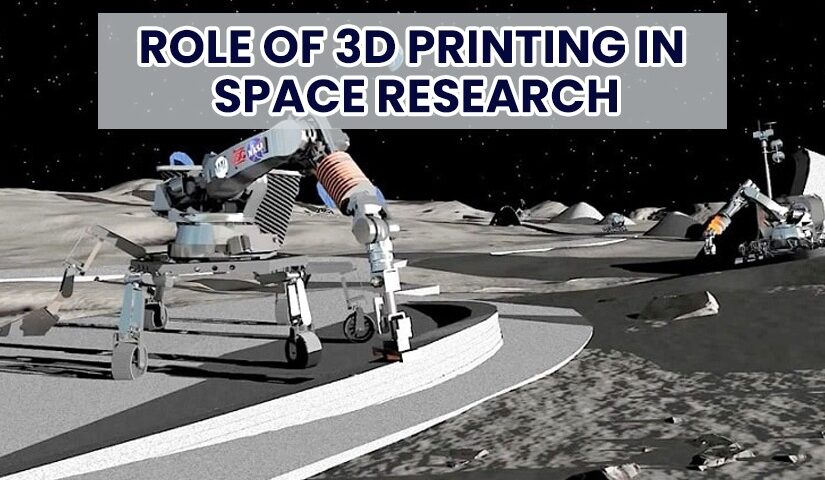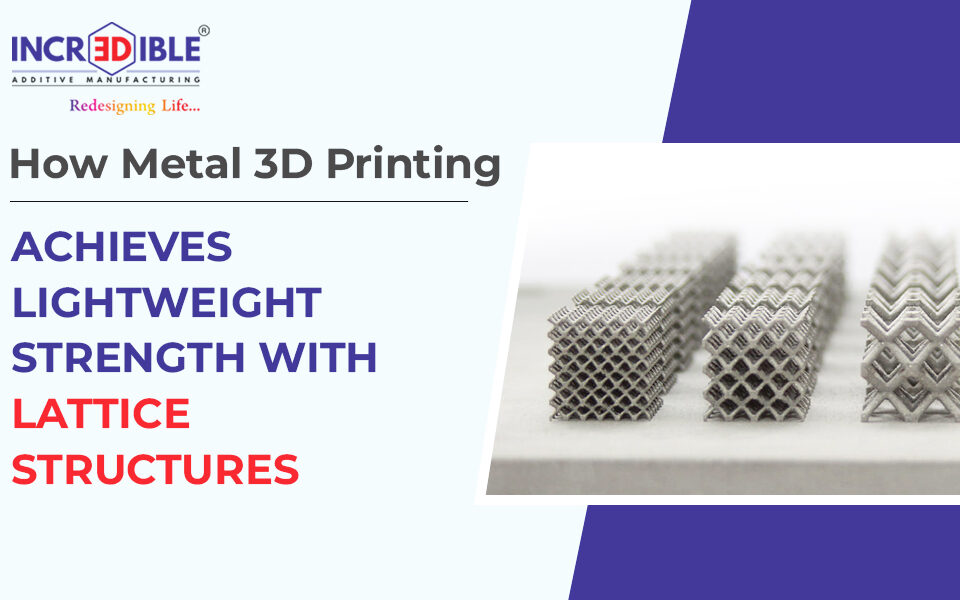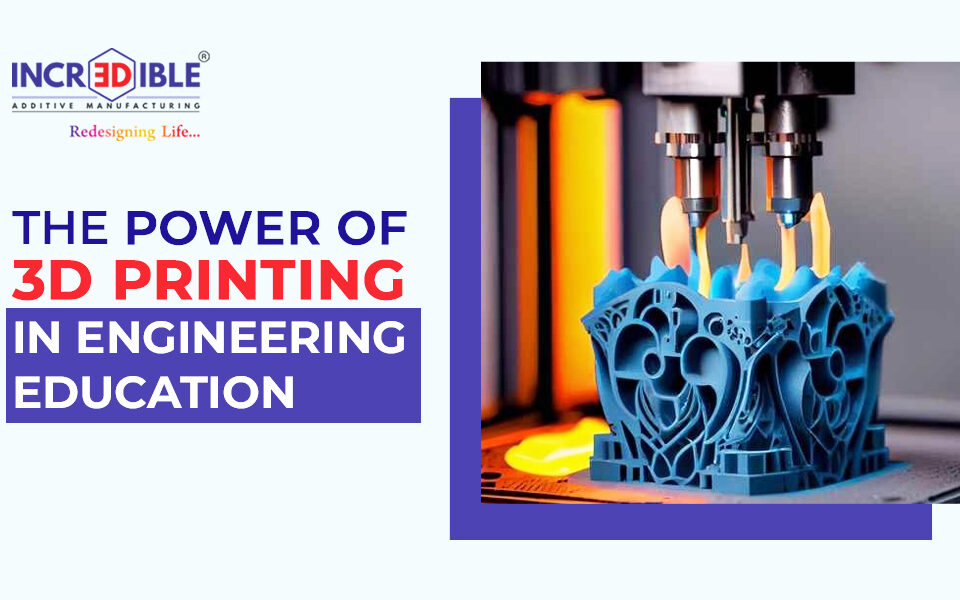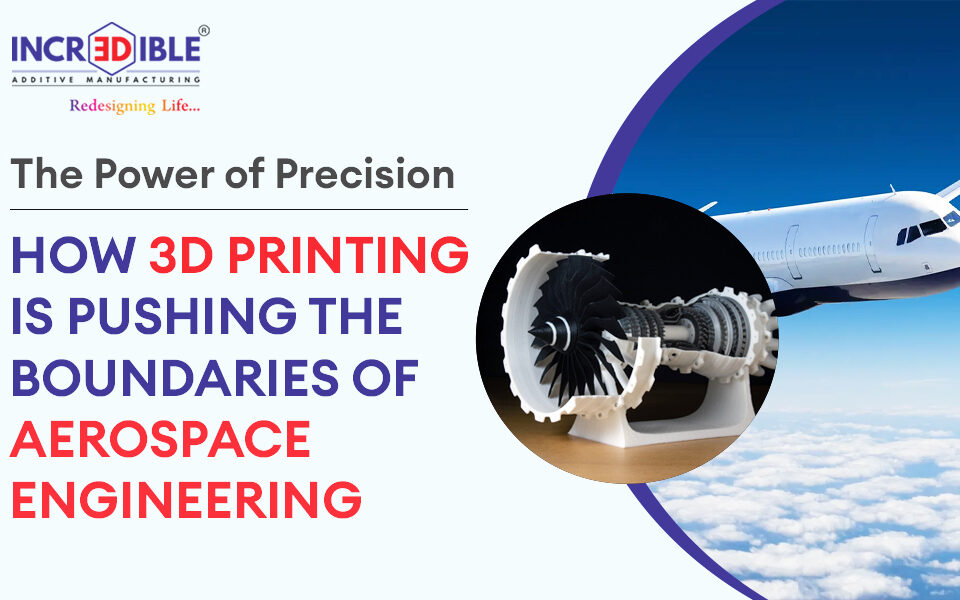The development of space travel has been a remarkable feat of human ingenuity. Over the past few decades, we have consistently pushed the limits of space travel thanks to amazing technological developments. Innovative three-dimensional (3D) printing technology has emerged as a potent tool for space research and for creating in-space equipment. In this blog, let us examine some of the most inventive ways that 3D printing is now being used in space, from satellites to rockets to food and more!
Satellites made using 3D printing.
Satellites are increasingly being made using additive manufacturing in space. Several companies, notably Boeing and Airbus, are now working on initiatives to produce increasingly complicated, lighter parts for their satellites using additive manufacturing. For instance, last year MIT 3D printed ion-powered nanosatellite thrusters, while Airbus used Additive Layer Manufacturing (ALM) to produce radio frequency (RF) components for two Eurostar Neo satellites. Even more recently, the Australian company Fleet Space revealed that it would launch 3D-printed satellites to join the Centauri constellation in orbit.
Thrusters made using 3D printing
For several purposes, additive manufacturing is being used more and more in the aerospace industry, particularly in space exploration. This is because it enables the production of lighter, less expensive, and more effective parts. The novel geometries are made feasible by additive manufacturing (AM) and the materials employed. Thrusters are one such use, which makes use of additive manufacturing.
Rocket engines made from 3D-printing
The simplest option for businesses to develop rocket engines quickly is to alter the manufacturing processes. Space companies are now using 3D printing as a result. Engineers are employing the SLS method more frequently to 3D print components for rocket engines using alloy powders that can resist high temperatures. Numerous uses of 3D printing can be found if we concentrate on the utilisation of printed rocket engines. Businesses have created and commercialised cutting-edge, 3D-printed combustion devices composed of cutting-edge materials. They have created a rocket engine that can be 3D printed and is 15% more effective than those that are currently made.
Rockets made from 3D-printing
In the aerospace sector, additive manufacturing is also utilised to create 3D-printed rockets in addition to producing specialized parts. Companies in the sector are now able to lower the weight of finished products thanks to this expanding trend. Space companies are aiming to build fully 3d-printed and reusable rockets capable of launching more than 20000 kg in the low Earth orbit (LEO).
Food in space made using 3D-printing
The development of food that can be 3D printed is another difficulty that the aerospace sector is confronting. In fact, there have been a number of firms that use 3D technology and space food recently. One of them is Aleph Farms, an Israeli start-up that revealed its plan to 3D print beef within the International Space Station (ISS) in 2019. They were able to generate cell-based meat that has the same texture, flavour, and structure as a traditional steak. Thanks to Bioprinting Solutions’ 3D printer. Bovine cells were taken from cows on Earth and flown to space, where they were cultivated, to accomplish this. Aleph Farms has moreover taken part in the so-called Mission: Space Food. An integrated approach to human nutrition in space is being developed by a group of professionals in the fields of technology, food, and space.
Clothes for astronauts made from 3D-printing
The production of garments required for space missions is another application of additive manufacturing in space. Additive manufacturing companies have developed 3D-printed space suits and helmets that are simple to reproduce using 3D printers. The suits are appropriate for space flight, and the helmet contains a visor, valves, locks, and microphones. These clothes were produced using the FDM method of printing the helmets since it offers a greater selection of cutting-edge materials, like PEKK.
In the exploration and colonization of Mars
Even while it can still sound like science fiction, some people regard the colonization of other planets as a possibility. 3D printing has been selected as the instrument to aid in man’s long-running attempts to “conquer” Mars. In fact, it is frequently regarded as one of the most promising methods for settling the renowned red planet. The Perseverance Rover, for instance, carried eleven 3D-printed metal tools and parts when NASA launched it to Mars in 2020. These made it possible to target with low mass and great precision, which was not possible with traditional manufacturing. Perseverance is designed to look for evidence of prehistoric microbial life.
Conclusion
Thus, 3d printing is being widely used in different industries, including the aerospace industry. 3D Incredible AM Pvt Ltd, a pioneer in 3d printing in India, has a world-class 3d-printing manufacturing facility in Pune. With a team of experts, skilled in using different 3d printing technologies, highly advanced 3d printers, and advanced designing software, we are moving forward at an accelerated pace. We are capable of catering to the needs of different industries, including the aerospace industry.
Looking for an expert in 3d printing products and services, contact us.




